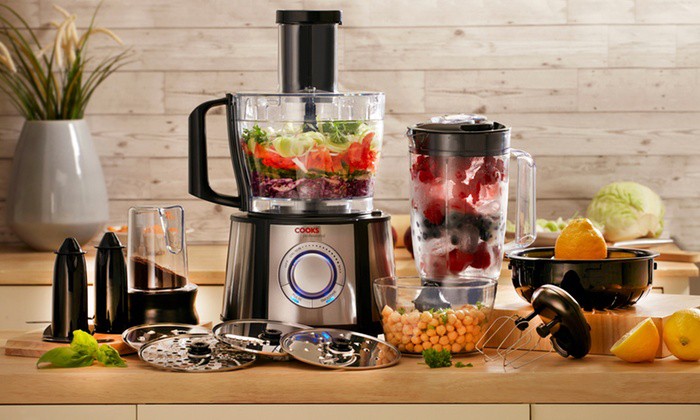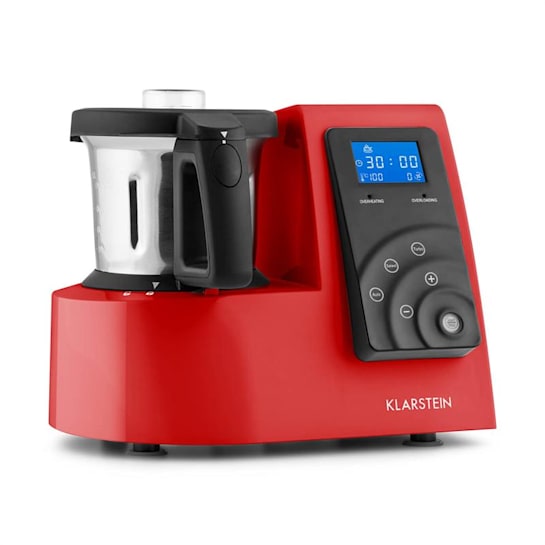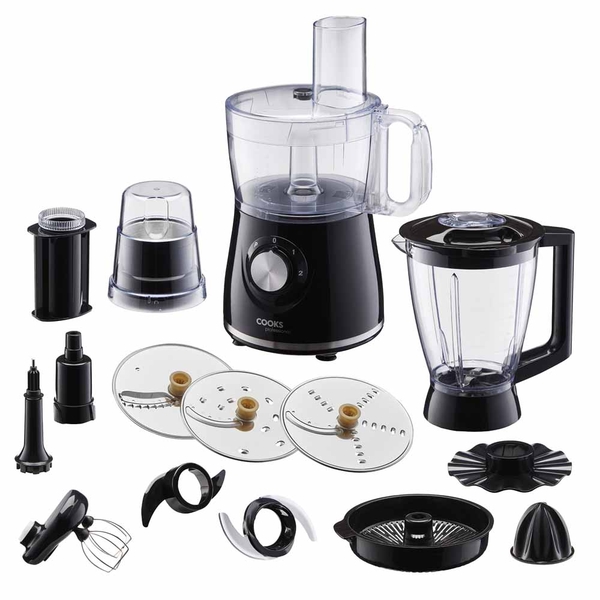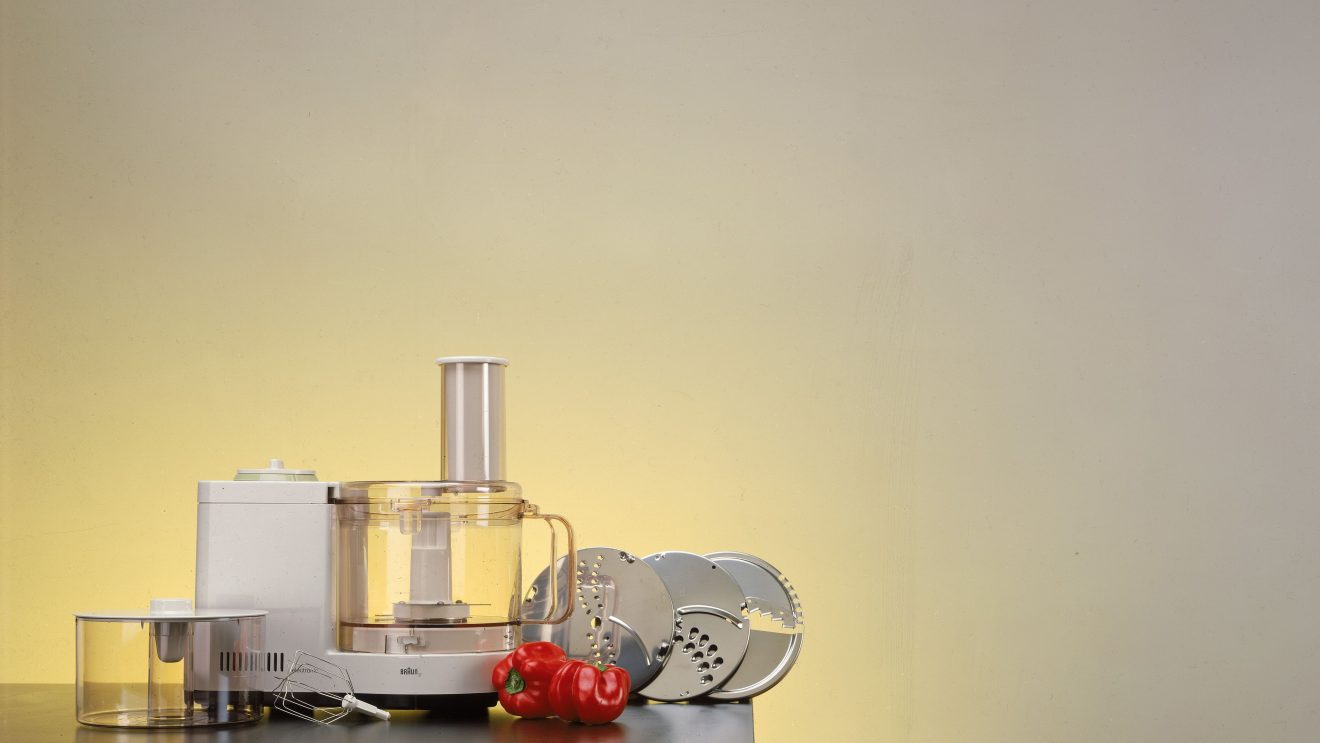Household Food processors are in vogue. Over the years, they have become indispensable allies in the kitchen, particularly due to their presence in cooking shows. They are part of the current trend.
Whatever the type of food processor (multi-function or on a stand), below is a list of common criteria to take into account when purchasing.

Household Food processors: The bowl
When we are interested in the bowl of household Food processors we must look at the material of it: plastic, glass or stainless steel. Each of these materials has advantages:
Plastic bowl : it is impact resistant and does not break or crack, especially if the plastic used is ABS. When operating the device under the effect of heat, it does not deform.
Glass bowl : it keeps food fresh, but above all it is resistant.
Stainless steel bowl : Very resistant to see unbreakable. It is simple to clean.
But also and above all the capacity of the bowl: Depending on the type of device, its capacity varies.
Multifunction robot : the capacity of the bowl varies between 1.5L and 4L. The choice of bowl capacity will depend on the number of people in the household. If at least three people make up the household, it is better to opt for a model with a capacity exceeding 3L.
Robot on base : the capacity of the bowl varies between 3L and more than 6.5L for large models. The choice of bowl capacity will depend on the use that will be made of it. If the use is weekly in this case opt for a high bowl capacity so as not to be limited in the choice of preparations.

Household Food processors: Power and engine
Power : Expressed in Watt, it varies between 300 and 1500W. The bigger the robot, the higher the power. Indeed it defines the performance of the engine and therefore of the device.
That’s why the engine goes hand in hand with the power.
The motor : The type of motor of household Food processors differs depending on the food processor.
A large part of the robots offers a classic motor with one or two speeds with the Pulse function for some. But some models, in particular the high-end models, are equipped with an asynchronous motor . The main advantage of this engine is its silence. In addition, it has a longer life than other engines. The speed is progressive, it increases gradually in order to avoid splashing.
While on the base robot there are two types of motor.
Belt motor: Located in the robot’s foot. Often more powerful at the base, it undergoes an energy loss of the order of 10 to 20% during the transmission of power from the belt to the engine output. In addition, the noise level generated by this type of engine is higher.
Induction or direct transmission motor: the motor is located in the arm on which the accessory is attached. No loss of power with this engine
There are “motor outputs” on this type of robot: their number varies from 1 to 4 outputs. These outputs offer the possibility of using several accessories at the same time. The motor outputs have an impact on the advertised power. Indeed if a robot with a motor power announced at 300W can be equivalent to a power of 900W if it has 3 motor outputs. That is to say 3 outputs of each 300W.

The accessories of a robot
On a multifunction robot it is interesting to have the following accessories:
- The citrus press
- The centrifuge
- The Blender
- But also a diversified batch of grates and blades to grate, mince, slice …
On a robot on a base it is interesting to have the following accessories:
- The pastry kit: with beaters and whisk
- The hook in trouble
On this type of robot we can now add optional accessories transforming it little by little into a multifunction robot.







